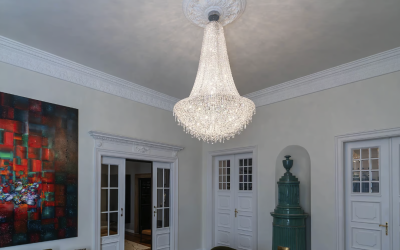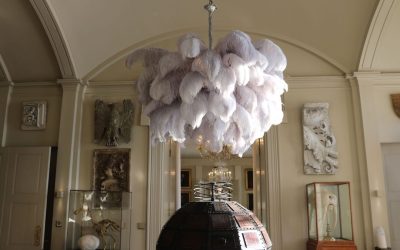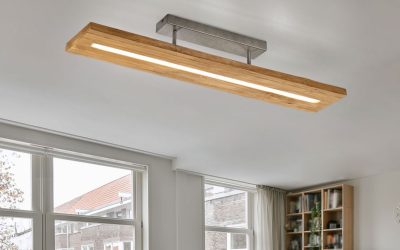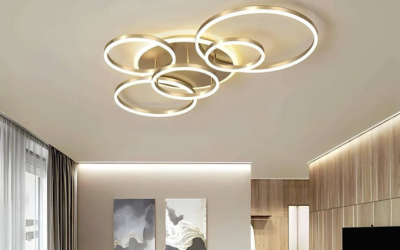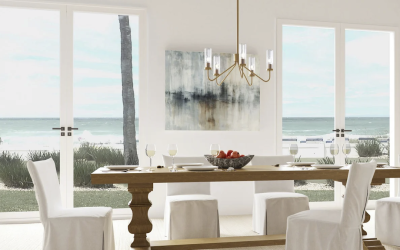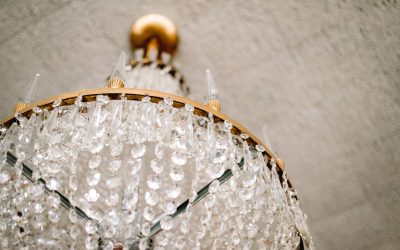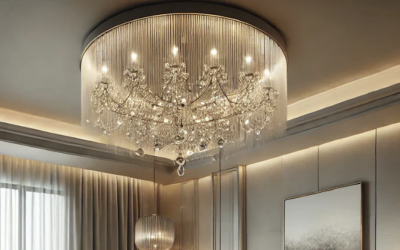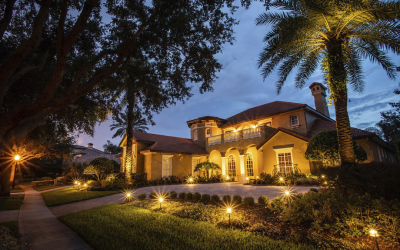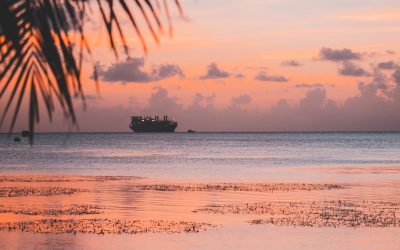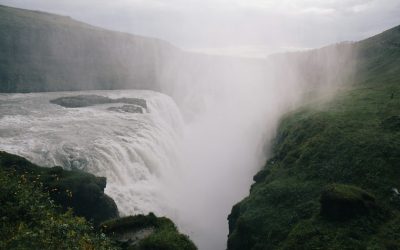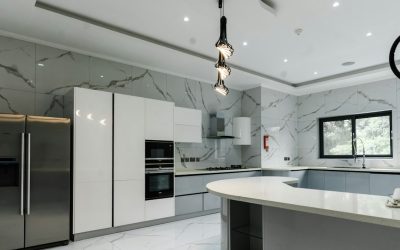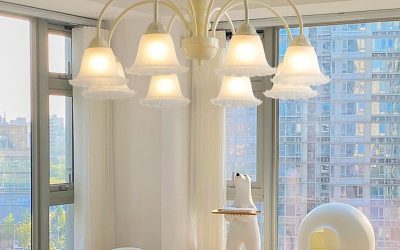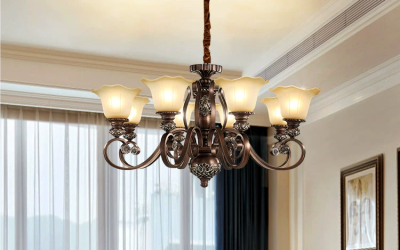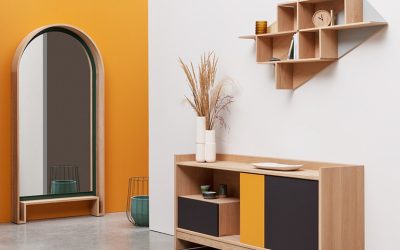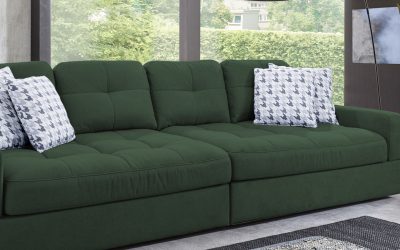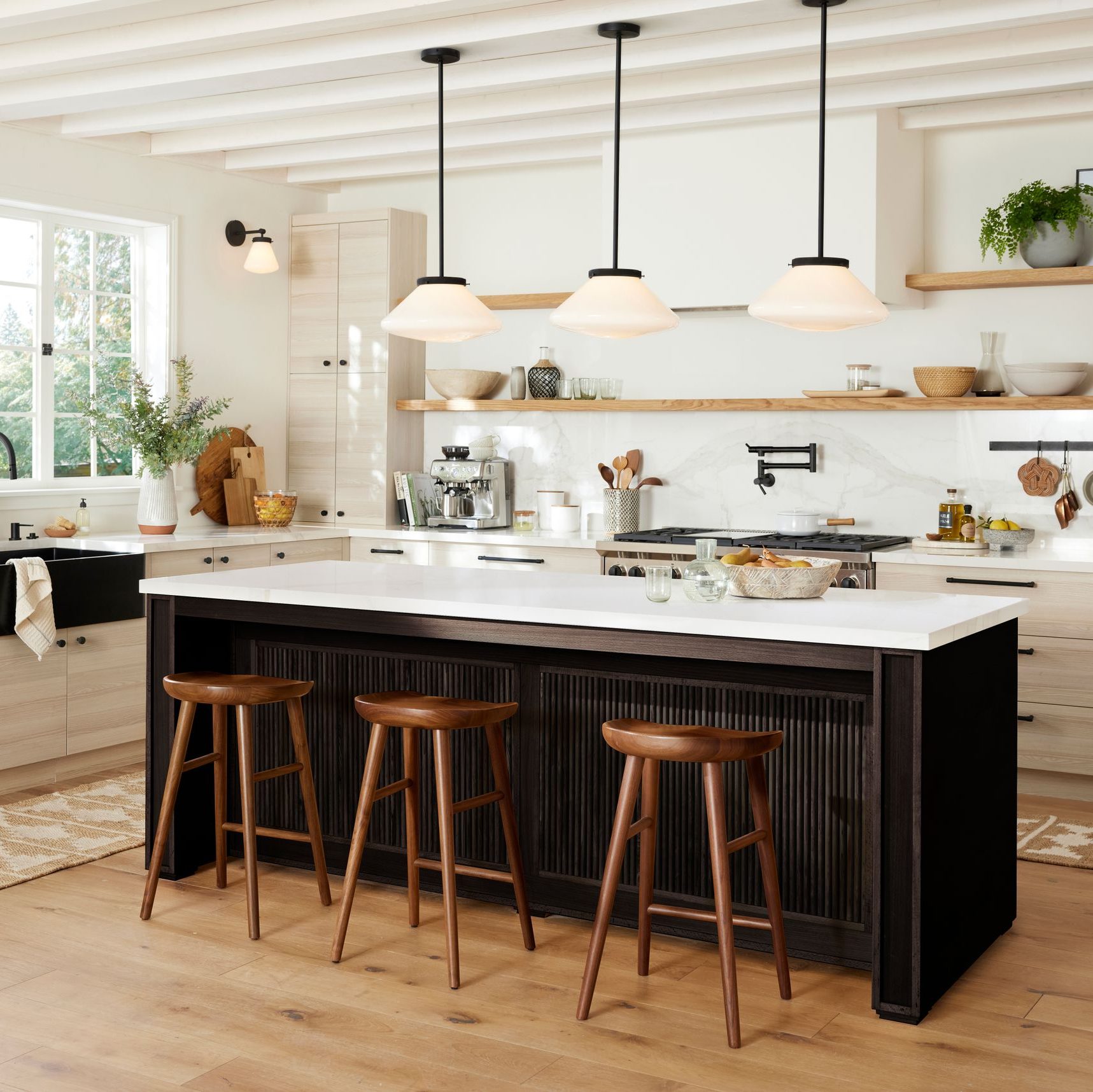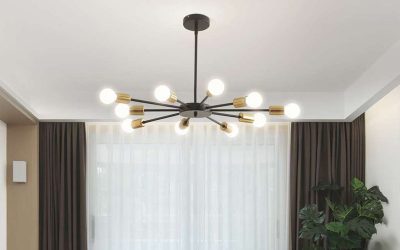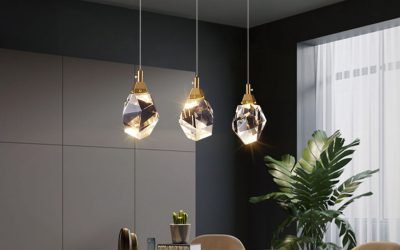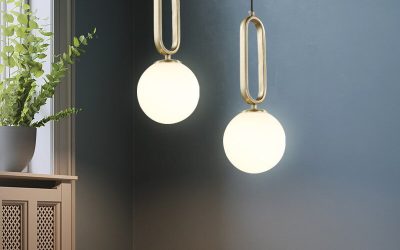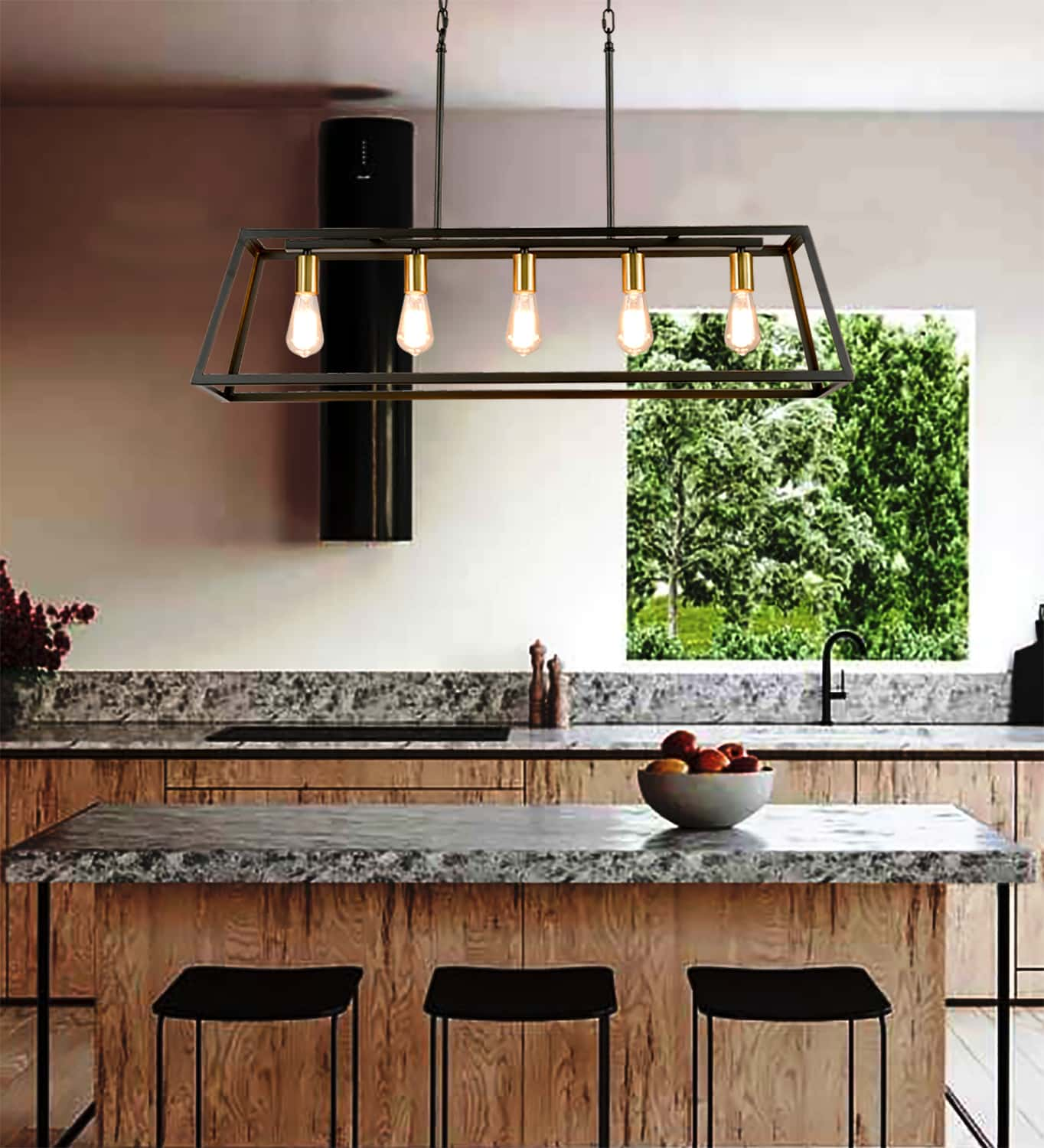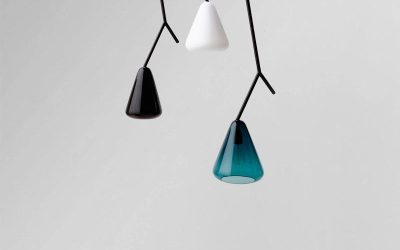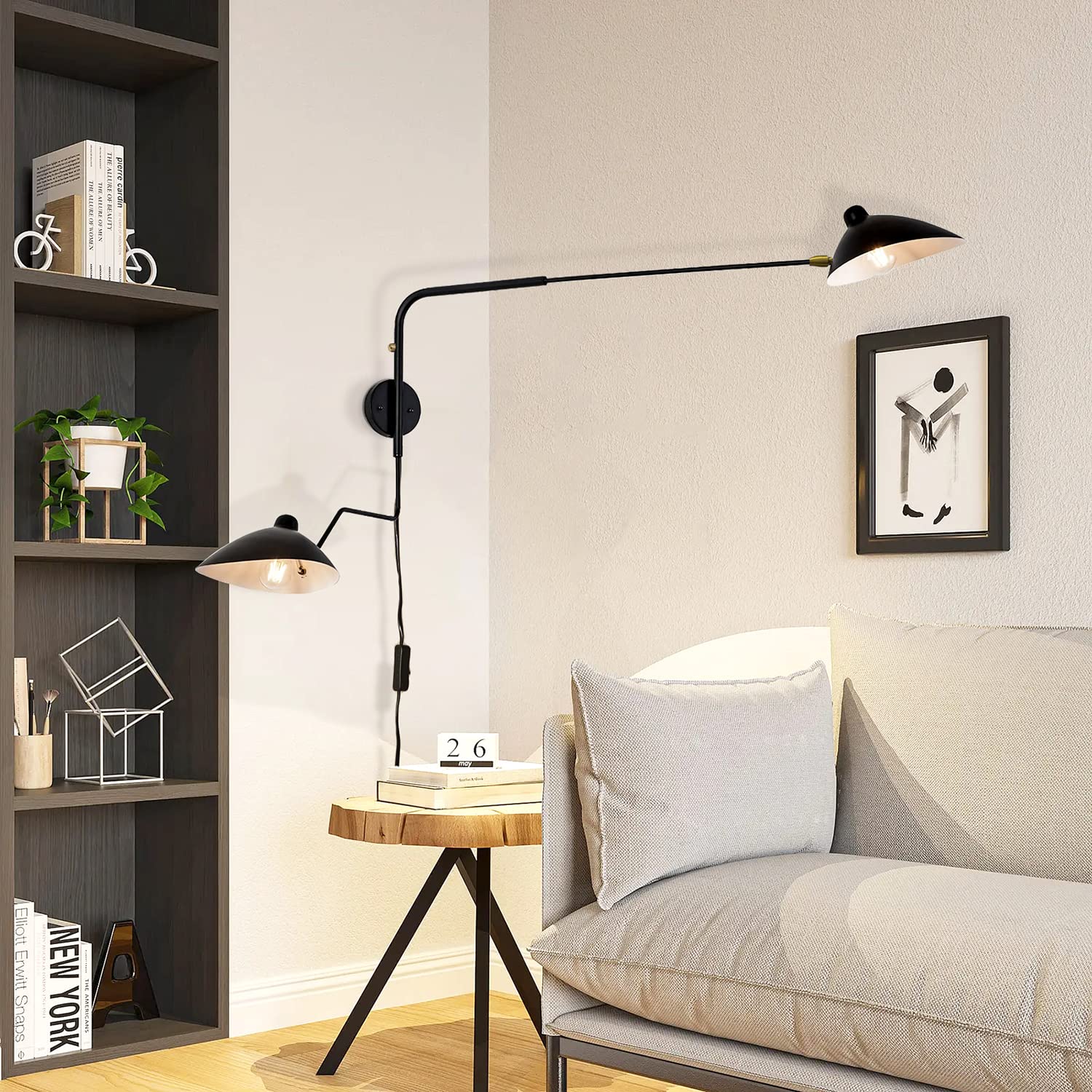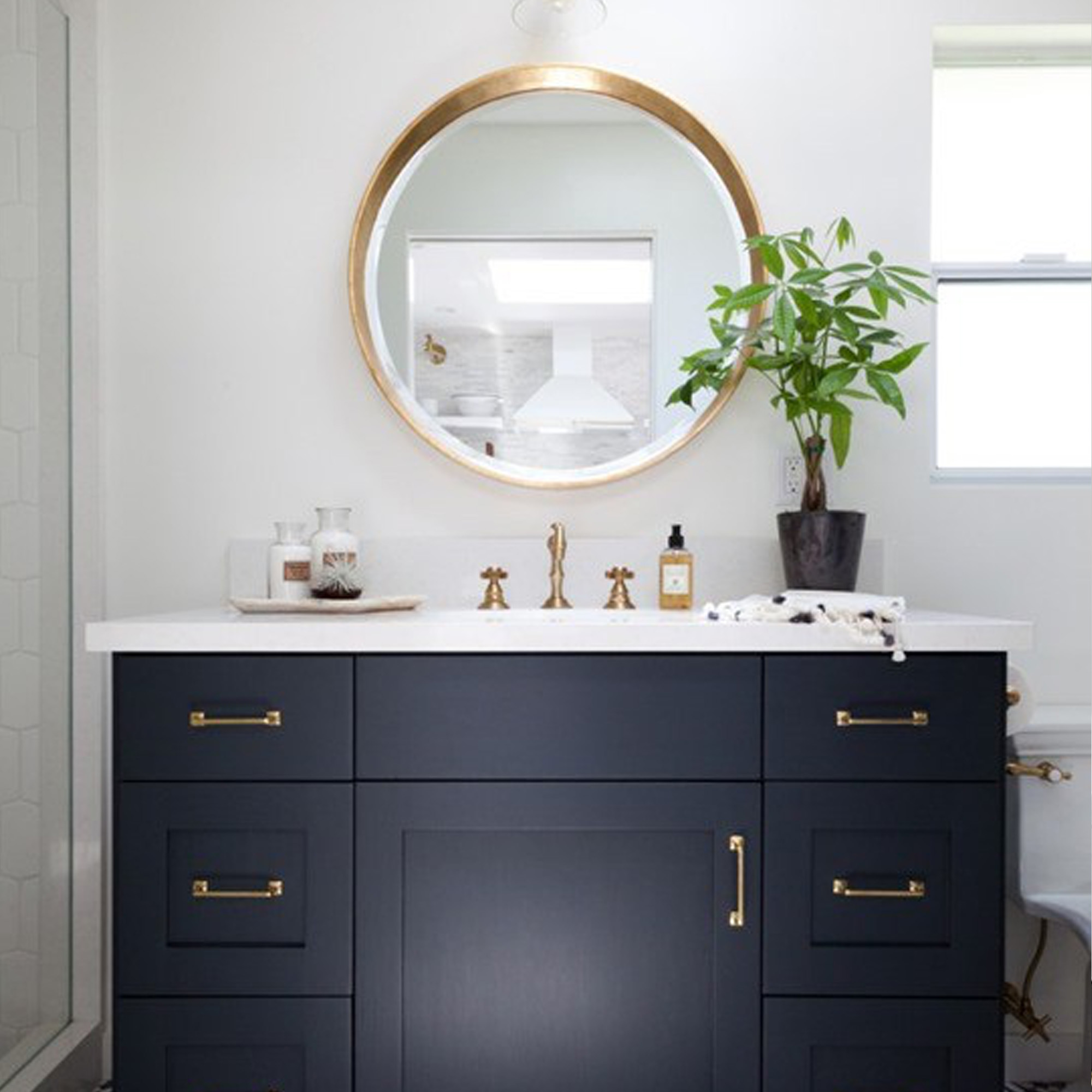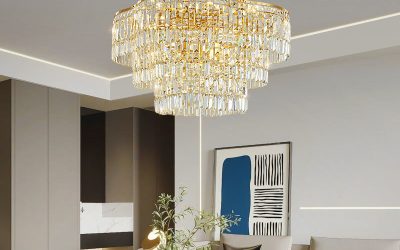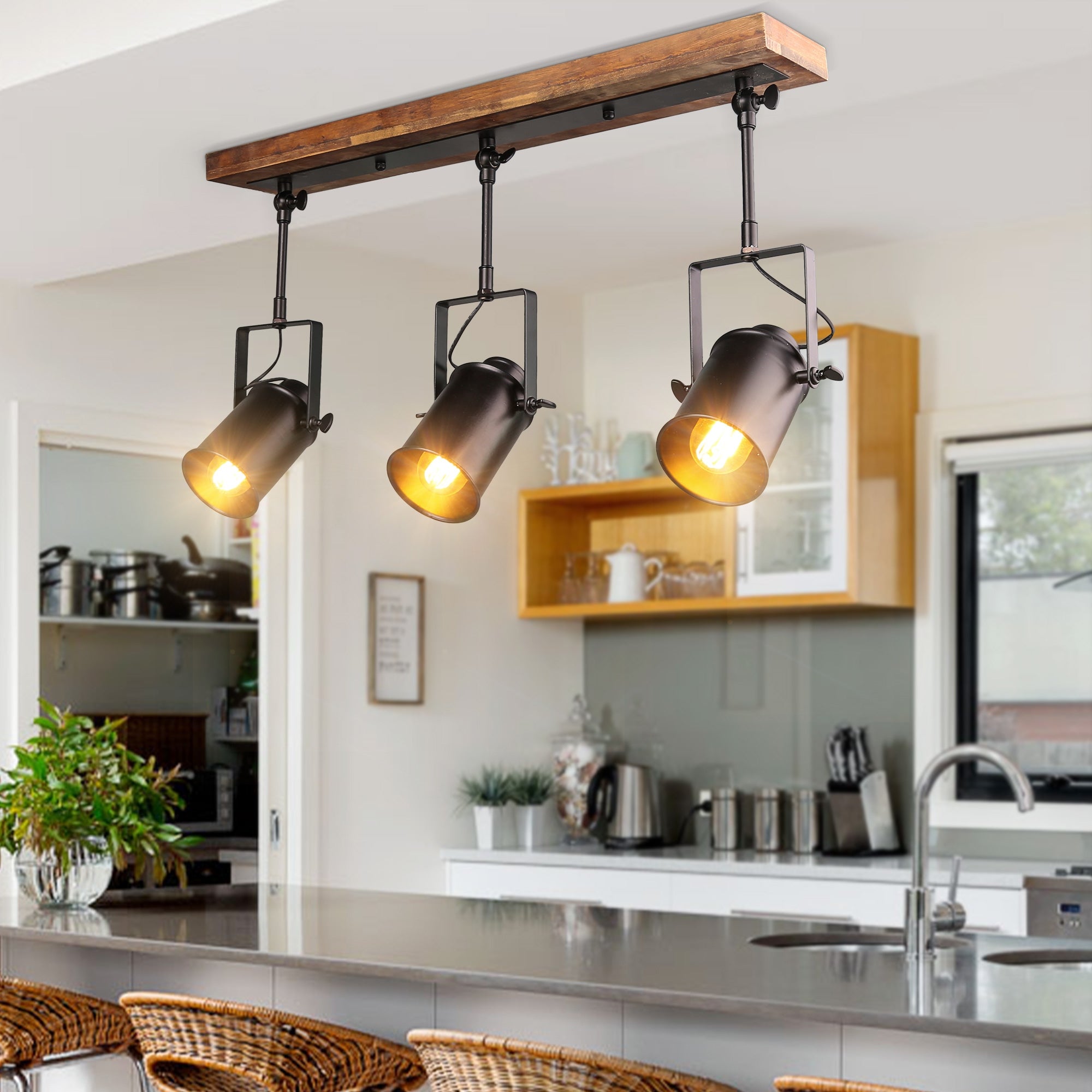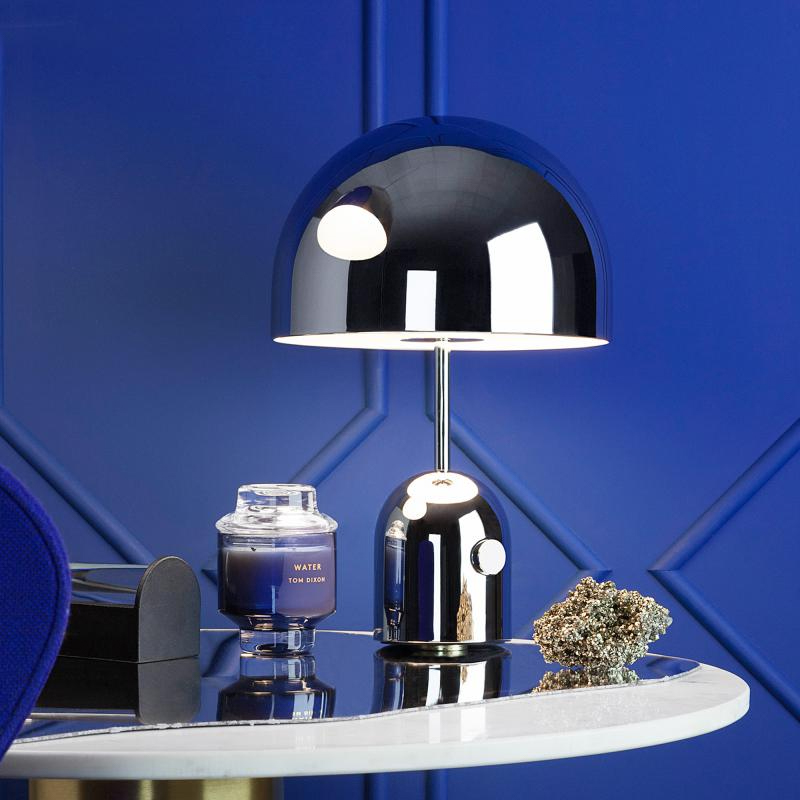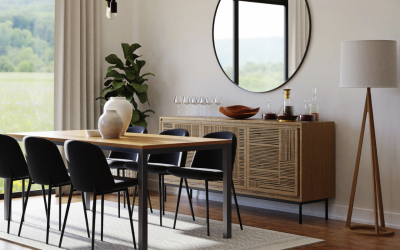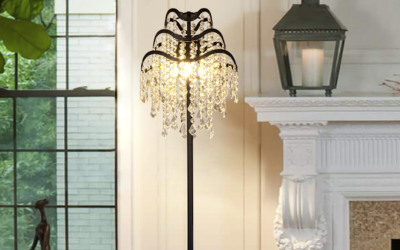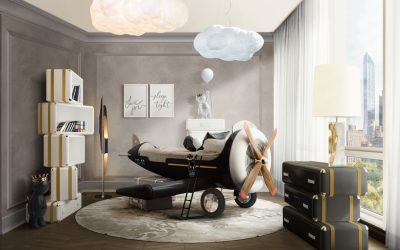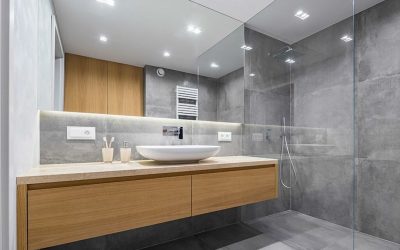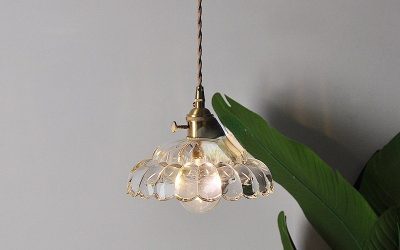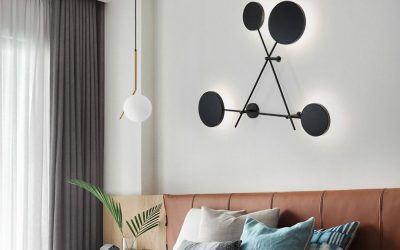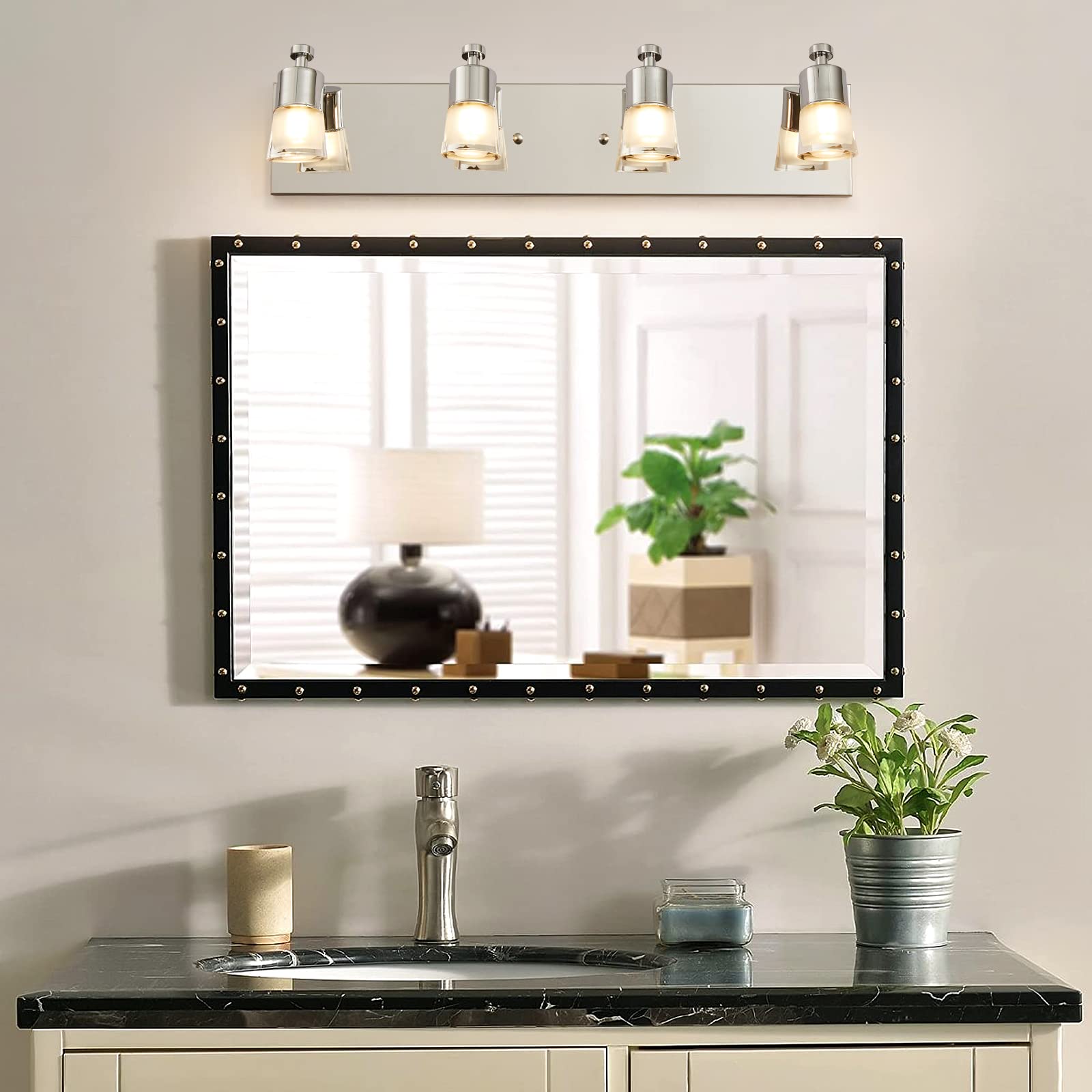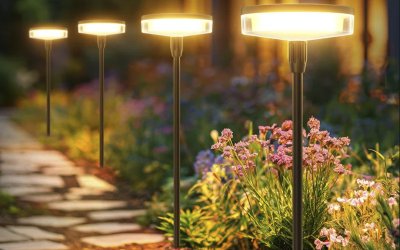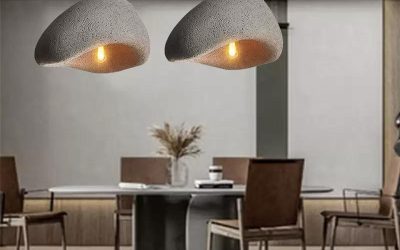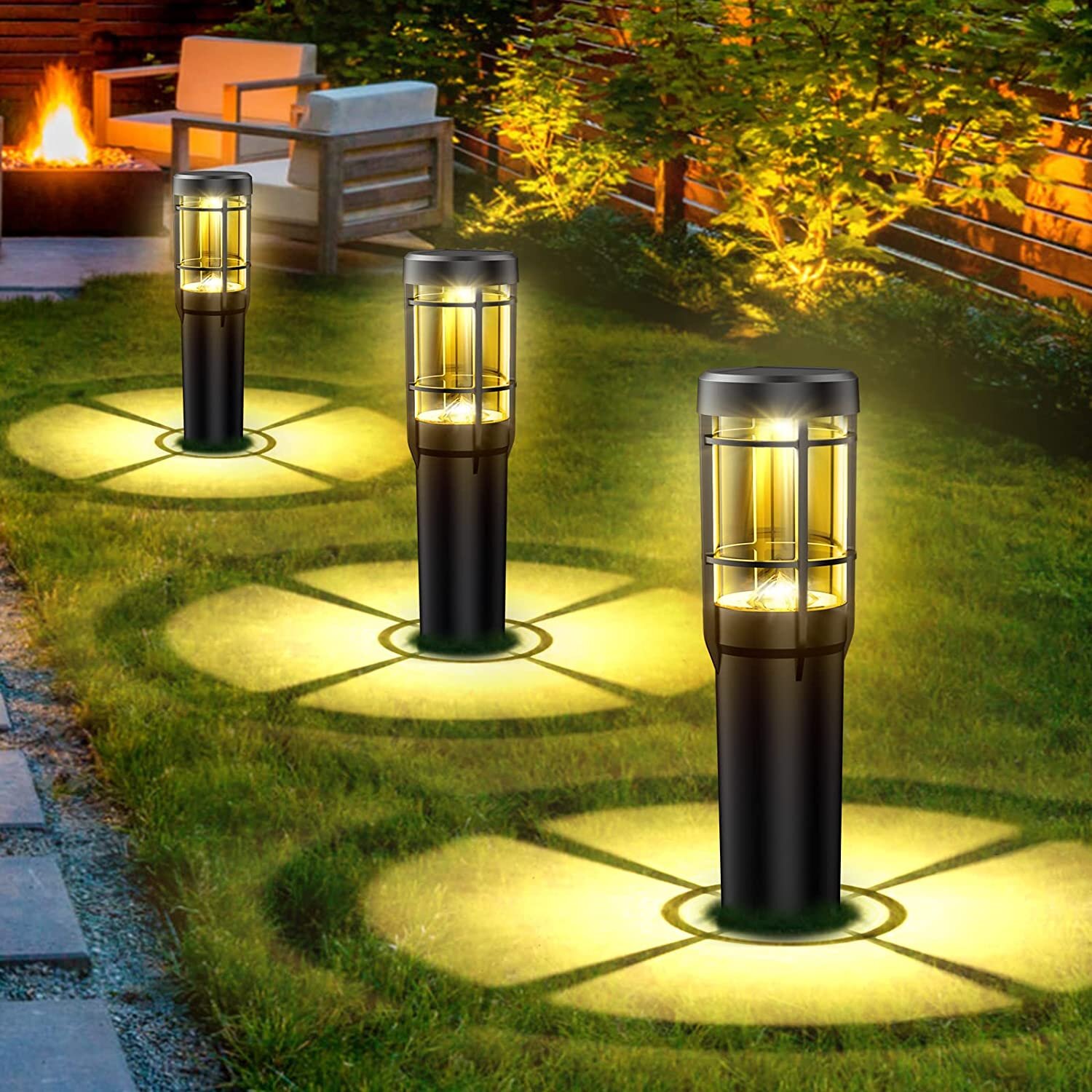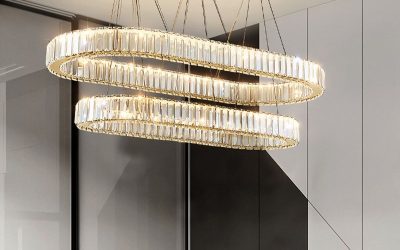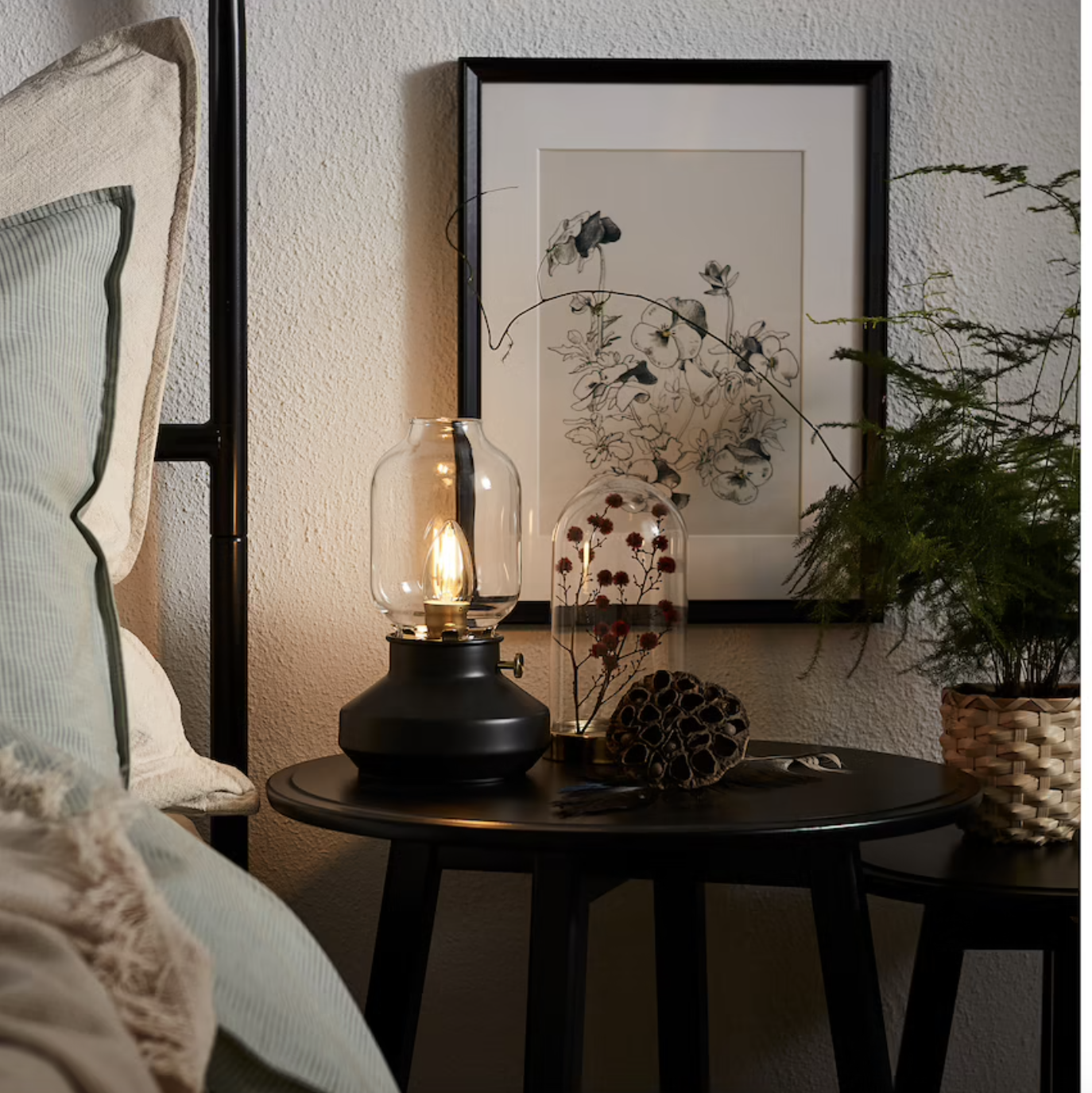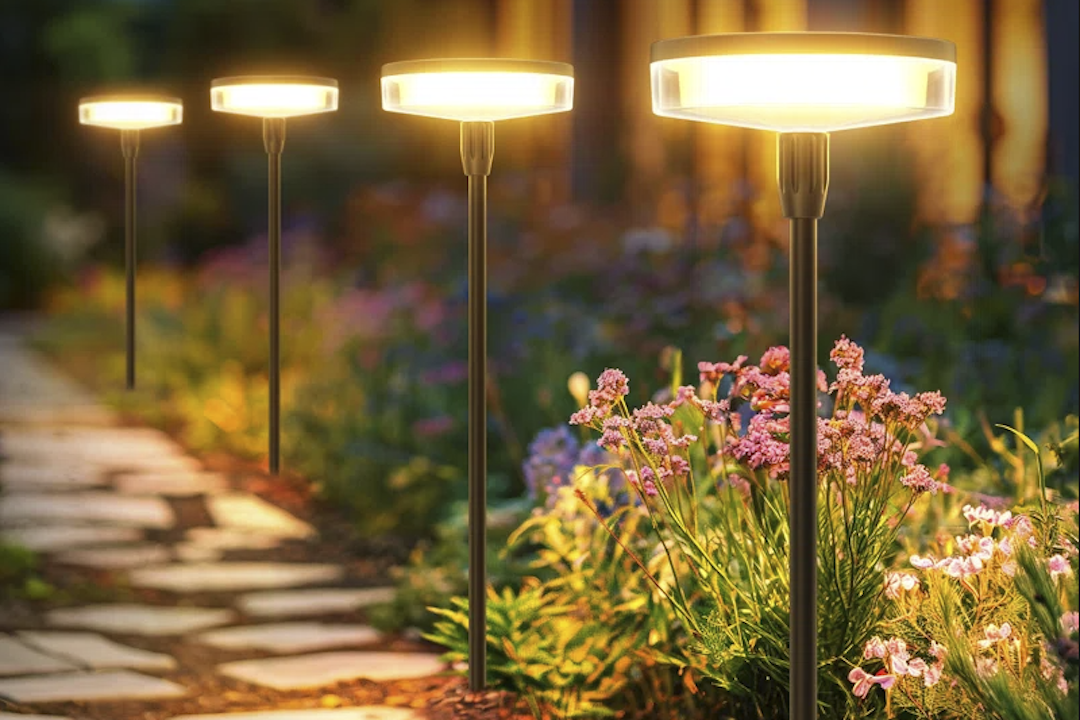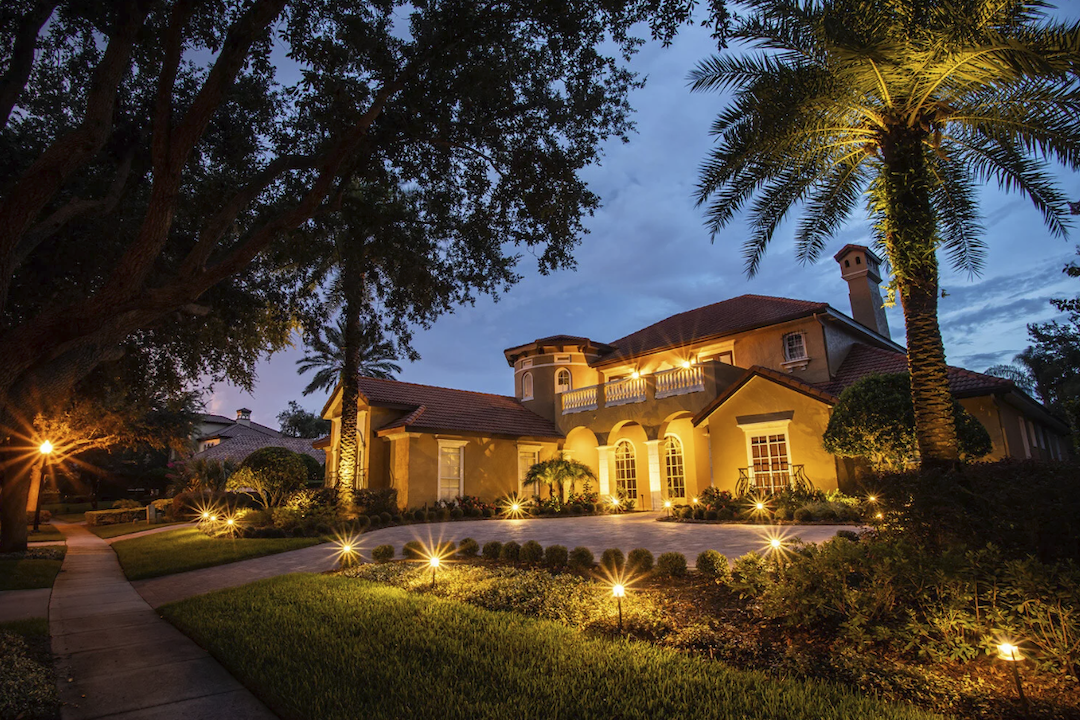Waterproof outdoor lighting plays a crucial role in enhancing the safety, security, and aesthetic appeal of outdoor spaces. As homes and businesses increasingly extend their living areas into the outdoors, the need for reliable lighting solutions that can withstand the elements becomes paramount. Rain, snow, humidity, and temperature fluctuations can all take a toll on lighting fixtures that are not designed for outdoor use.
By investing in waterproof outdoor lighting, property owners can ensure that their spaces remain illuminated and inviting, regardless of weather conditions. Moreover, waterproof outdoor lighting contributes significantly to safety. Well-lit pathways, driveways, and entrances reduce the risk of accidents caused by slips and falls in low-light conditions.
Additionally, effective outdoor lighting Yellopen deters potential intruders by eliminating dark corners where they might hide. This dual function of enhancing safety while providing security makes waterproof outdoor lighting an essential consideration for any property owner looking to create a safe and welcoming environment.
Types of Waterproof Outdoor Lighting
There is a diverse array of waterproof outdoor lighting options available, each designed to serve specific purposes and fit various aesthetic preferences. One popular type is LED floodlights, which provide broad illumination and are ideal for large areas such as backyards or commercial properties. These lights are energy-efficient and have a long lifespan, making them a cost-effective choice for extensive outdoor lighting needs.
Their waterproof designs ensure that they can withstand heavy rain and snow without compromising performance. Another common type is wall-mounted sconces, which can be used to accentuate architectural features or provide focused lighting near entryways. These fixtures come in various styles, from modern to traditional, allowing homeowners to choose options that complement their exterior decor.
Additionally, solar-powered garden lights have gained popularity due to their eco-friendliness and ease of installation. These lights harness solar energy during the day and automatically illuminate at night, making them an excellent choice for illuminating pathways or flower beds without the need for electrical wiring.
Factors to Consider When Choosing Waterproof Outdoor Lighting
When selecting waterproof outdoor lighting, several factors should be taken into account to ensure that the chosen fixtures meet both functional and aesthetic needs. First and foremost is the IP rating, which indicates the level of protection against dust and water ingress. An IP rating of at least IP65 is recommended for outdoor fixtures, as it signifies that the lights are dust-tight and can withstand water jets from any direction.
Understanding these ratings helps consumers make informed decisions about the durability of their lighting choices. Another critical factor is the brightness level, measured in lumens. Depending on the intended use—whether for security purposes or ambient lighting—different brightness levels may be required.
For instance, pathway lights may only need around 100 lumens for visibility, while floodlights may require upwards of 1,000 lumens to adequately illuminate larger areas. Additionally, considering the color temperature of the lights can influence the ambiance; warmer tones create a cozy atmosphere, while cooler tones can provide a more modern feel.
Installation and Maintenance of Waterproof Outdoor Lighting
The installation process for waterproof outdoor lighting can vary significantly based on the type of fixture chosen and the existing electrical infrastructure. For hardwired options, it is often advisable to hire a licensed electrician to ensure compliance with local codes and safety standards. Proper installation not only guarantees functionality but also maximizes the lifespan of the fixtures.
For solar-powered lights or battery-operated options, installation is typically straightforward and can often be done by homeowners themselves. Maintenance is another essential aspect of ensuring the longevity of waterproof outdoor lighting. Regular cleaning is necessary to remove dirt, debris, and any buildup that may obstruct light output.
Depending on the location and environmental conditions, this may need to be done monthly or seasonally. Additionally, checking for any signs of wear or damage—such as frayed wires or cracked housings—can prevent more significant issues down the line. Replacing bulbs as needed and ensuring that solar panels are free from obstructions will also help maintain optimal performance.
Benefits of Using Waterproof Outdoor Lighting
The advantages of waterproof outdoor lighting extend beyond mere illumination; they encompass safety, energy efficiency, and enhanced property value. One of the most significant benefits is improved safety during nighttime hours. Well-lit areas deter criminal activity and provide peace of mind for homeowners and their families.
Furthermore, illuminated pathways reduce the likelihood of accidents caused by unseen obstacles or uneven surfaces. Energy efficiency is another compelling reason to opt for waterproof outdoor lighting solutions. Many modern fixtures utilize LED technology, which consumes significantly less energy than traditional incandescent bulbs while providing superior brightness.
This not only lowers electricity bills but also reduces the environmental impact associated with energy consumption. Additionally, well-designed outdoor lighting can enhance curb appeal and increase property value by creating an inviting atmosphere that showcases landscaping features and architectural details.
Creative Ways to Use Waterproof Outdoor Lighting in Outdoor Spaces
Creating Ambiance with String Lights
String lights can be draped across patios or pergolas to create a whimsical atmosphere for gatherings or romantic evenings outdoors. These lights can be used to highlight seating areas or dining spaces while adding a touch of charm to any event.
Highlighting Landscaping Features with Spotlights
In gardens, spotlights can be strategically placed to illuminate specific plants or trees, creating focal points that draw attention to landscaping features even after sunset. Pathway lights can guide guests through gardens or along walkways while enhancing safety.
Transforming Water Features with Underwater Lights
Additionally, underwater lights can be installed in ponds or pools to create stunning visual effects that transform these water features into captivating displays at night.
Top Brands and Products for Waterproof Outdoor Lighting
Several brands have established themselves as leaders in the waterproof outdoor lighting market by offering high-quality products that combine durability with innovative design. Philips Hue is renowned for its smart outdoor lighting solutions that allow users to control brightness and color via smartphone apps. Their products are designed with robust weatherproofing features that ensure longevity in various climates.
Another notable brand is Ring, which offers a range of motion-activated floodlights equipped with security cameras. These fixtures not only provide illumination but also enhance home security by allowing homeowners to monitor their properties remotely. For those seeking solar-powered options, GKOLED offers a variety of energy-efficient lights that are both functional and aesthetically pleasing.
Tips for Maximizing the Efficiency and Longevity of Waterproof Outdoor Lighting
To ensure that waterproof outdoor lighting remains efficient and lasts as long as possible, several best practices should be followed. First, selecting fixtures with high-quality materials designed specifically for outdoor use will significantly enhance durability against harsh weather conditions. Stainless steel or corrosion-resistant finishes are ideal choices for fixtures exposed to moisture.
Regular maintenance is crucial; this includes cleaning lenses to prevent dirt buildup that can diminish light output and checking connections for any signs of wear or corrosion. Additionally, utilizing timers or smart home systems can optimize energy usage by ensuring lights are only on when needed. Finally, considering seasonal adjustments—such as repositioning solar lights to maximize sun exposure during winter months—can further enhance performance throughout the year.

